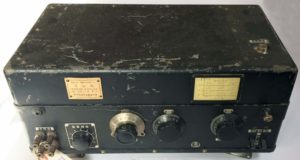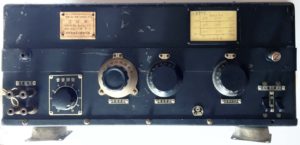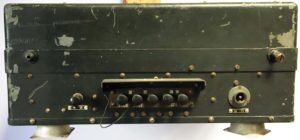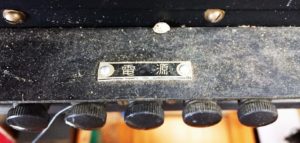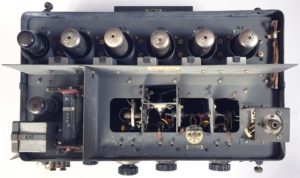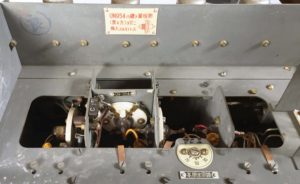Japanese Navy Type 3 Mark 1 Model 3 Radar Receiver
This VHF receiver is part of the Japanese Navy Type 3 Mark 1 Model 3 Radar Set (No.13 Radar Set), and was made by the Navy YOKOSUKA arsenal in September 1944.
This set is a semi-fixed anti-aircraft surveillance radar for ground troops, introduced in 1943. This radar was small and lightweight so it was very easy to deploy. It was used not only on the ground, but on almost all vessels from aircraft carriers to submarines. As a result, more than 2,000 units of the No. 13 radar set were produced . This was one of the most successful anti-aircraft warning radars in the Japanese Navy.
There is a compete Navy Model 3 Mark 1 Type 3 Radar set at the Yokohama Radio Museum.
No. 13 Radar Set Specifications
Purpose of use: Anti-aircraft surveillance
Installation: Land, ship, submarine
Effective distance: Formation aircraft 100 Km or more, single aircraft 50 Km or more
Frequency: 150 MHz
Repeat frequency: 500 Hz
Pulse width: 10 μs
Transmission peak output: 10 Kw
Antenna: Combined transmission and reception, Half-wave dipole horizontal 2 element 4 stack, with reflector
Transmitter: Oscillator tube T-311 x2 (P.P.)
Modulation method: Pulse modulation, modulation tube T-307
Receiver: Superheterodyne (11 tubes), RF 2 stage (UN-954 x2), mixing (UN-954), local oscillator (UN-955), IF 5 stage (RH-2 x5), detector (RH-2 ), LF amplifier (RH-2)
IF frequency: 14.5 MHz
Bandwidth: ± 100 KHz Total gain is 120 db or more
Signal display: A scope
Measurement method: Maximum sensitivity method
Distance measurement accuracy: 2-3 Km
Angle measurement accuracy: 10 °
Power supply: Single-phase 110 / 220 VAC power supply
Weight: 110 kg
Manufacture: TOSHIBA , ANRITSU
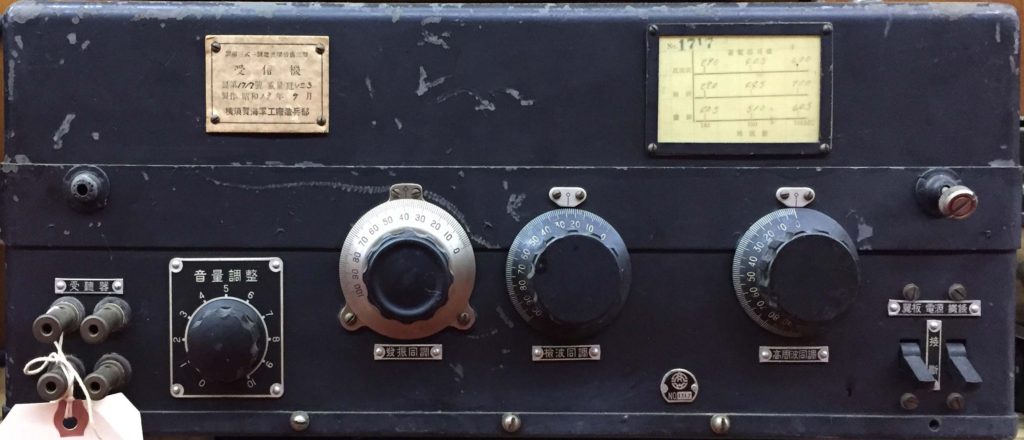
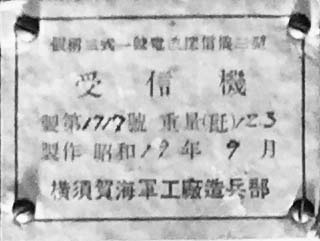
Click on any image below to view as a gallery.
Click on the Schematic for a larger view.
